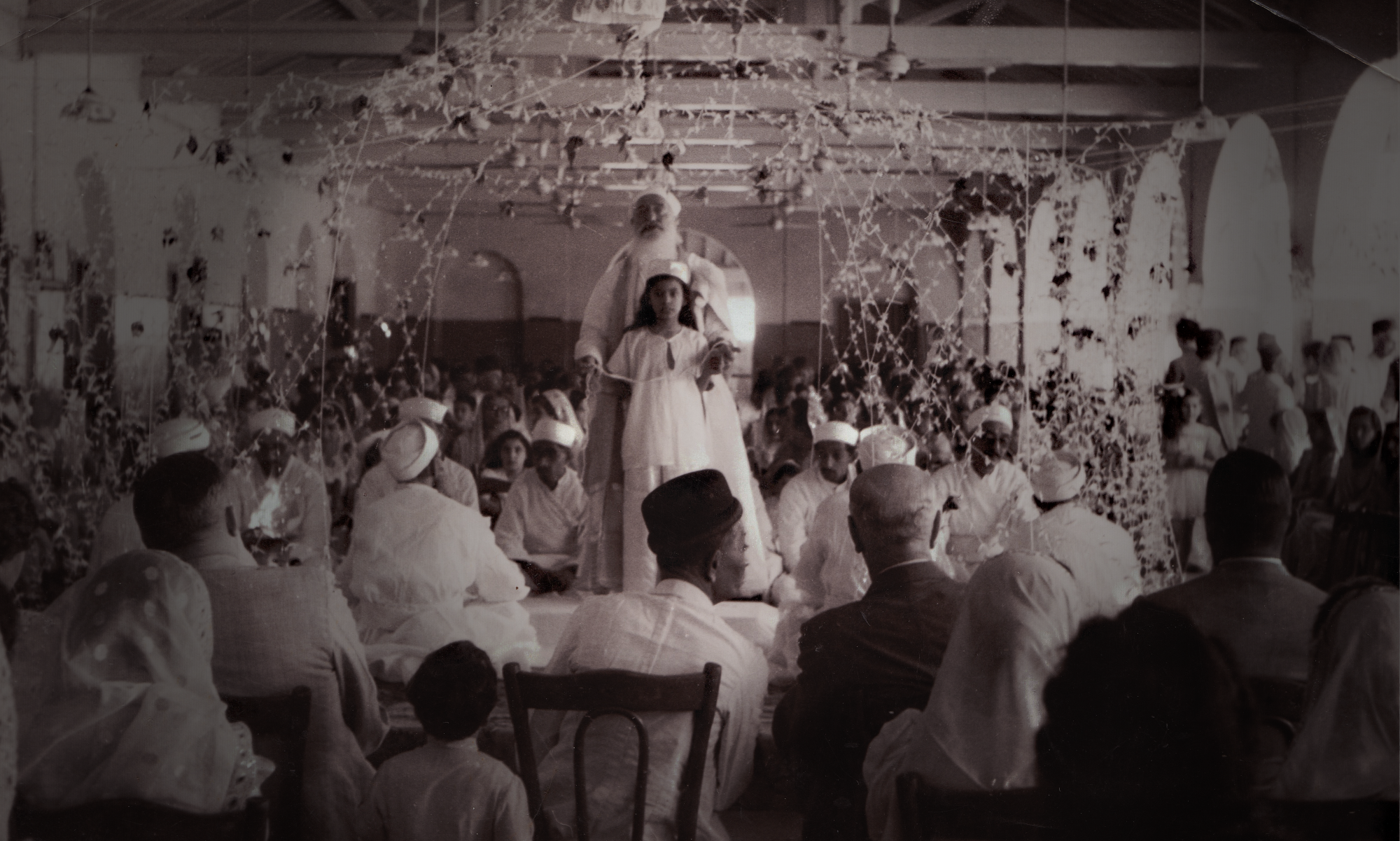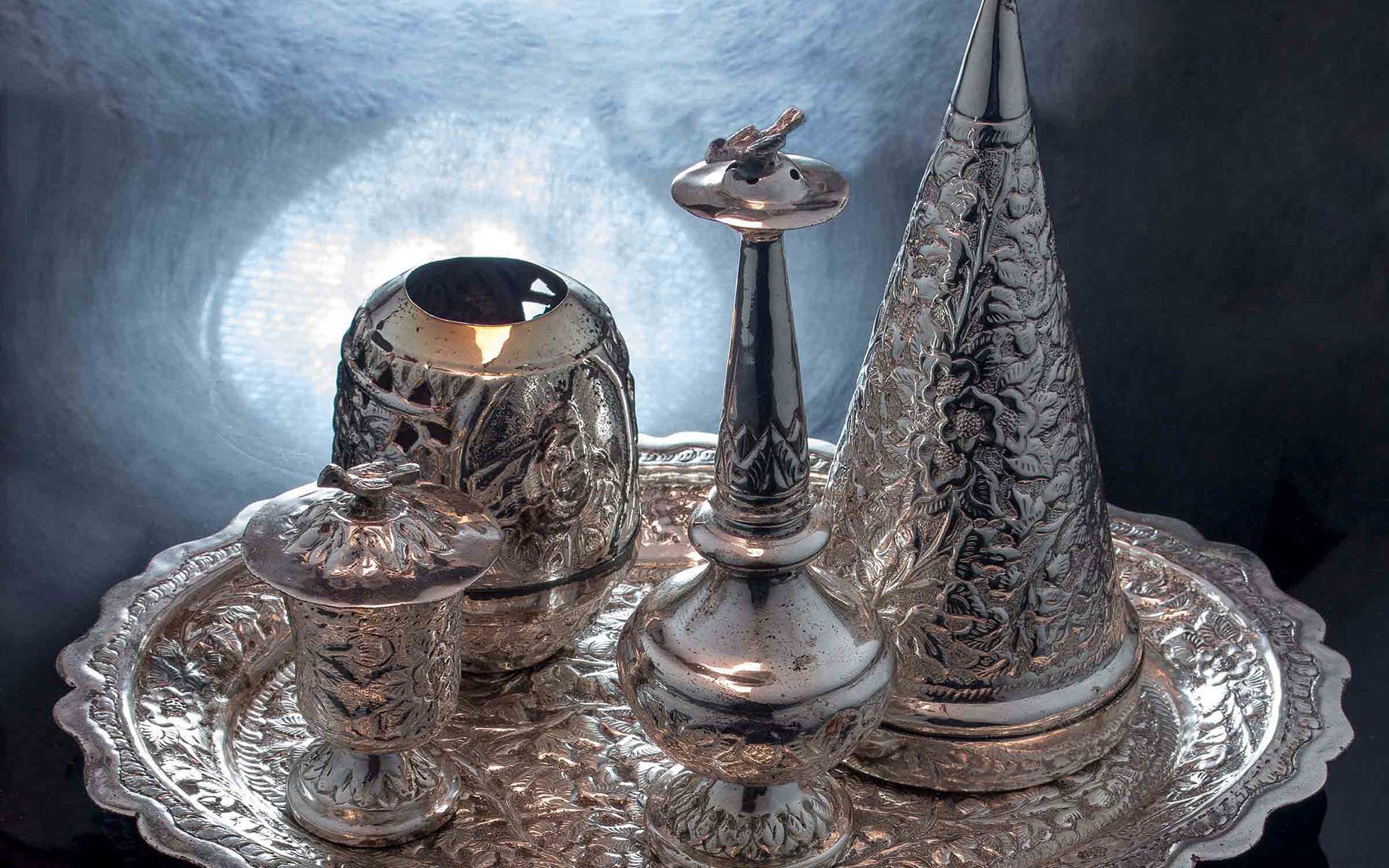GSMD-500 | Grad Studio 2
Prompt 8
1 – Realisations:
This semester I have investigated and looked into Parsi rituals, specifically, the rituals every Parsi will go through at one point in their life in the Zoroastrian faith. After researching into them I have been trying to tackle how to preserve and then in turn present it to my audience (Parsi Diaspora Youth).
2 – The Shift:
For this prompt, I took a step back and chose to try and understand what these ‘Parsi rituals’ mean to me. I chose the most prominent and auspicious symbol in our community, which is used in every ritual that we have in our community, the Ses. It is a round metallic tray of varied shapes and sizes, present at all times in a Parsi house, especially on auspicious occasions. The Ses for general occasions is a small one and the Ses for special occasions, like weddings and Navjotes, is a big one.
Typically a ses consists of:
Divo : Symbolises light – to dispel darkness and evil.
Paro / Soparo : It is a conical metallic utensil in which patasha and/or rock sugar (khadi sakar) is kept.
Pigani: It is a small metallic utensil with a lid in which Kanku (vermilion) is kept to put an auspicious red mark/tili on the forehead.
Gulabaz: It’s a metallic sprinkler-cum-container, which has rose water (Gulaab-jal) in it. Miscellaneous items: Coconut (a symbol of resourcefulness and Utility), betel leaves (paan), betel nut (sopari), almonds (badaam), dried dates (khaarak) and rice, (symbolising fertility and productivity).
3 – The Prompt:
For this prompt, I decided to spend time cleaning and polishing the Ses I have in my apartment. I wanted to take my time cleaning it and emerge myself in the experience of doing so.
As I was doing so, I also had a recording playing from my speaker of the Behram Yasht prayers, and as I was listening to it and cleaning the ses I recorded my thoughts and feelings throughout.
This was the first of hopefully many other, Auto ethnographic prompts I will be doing for studio.


